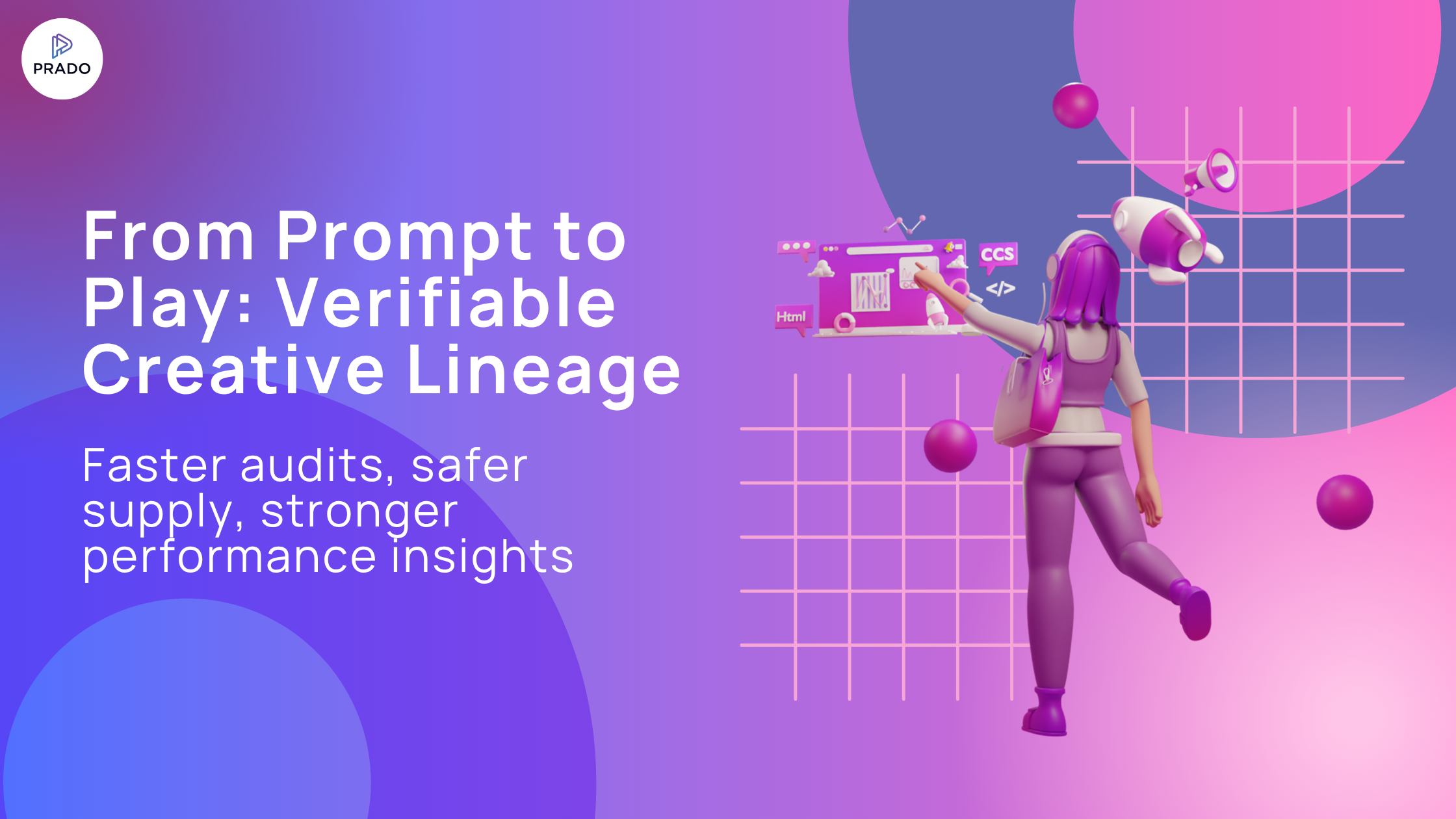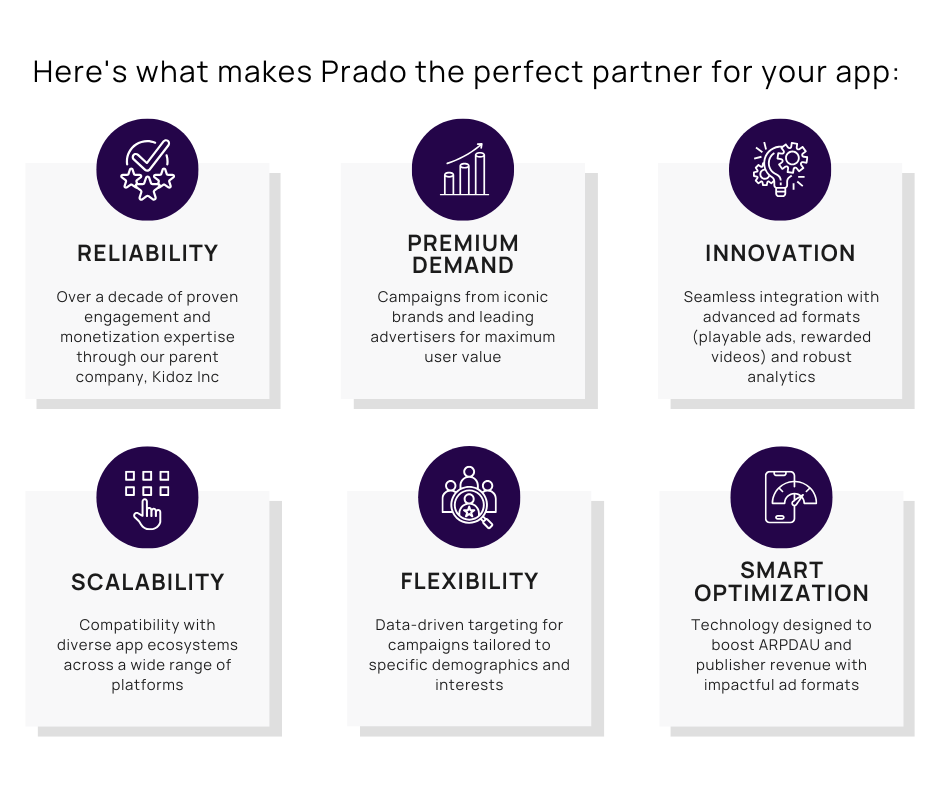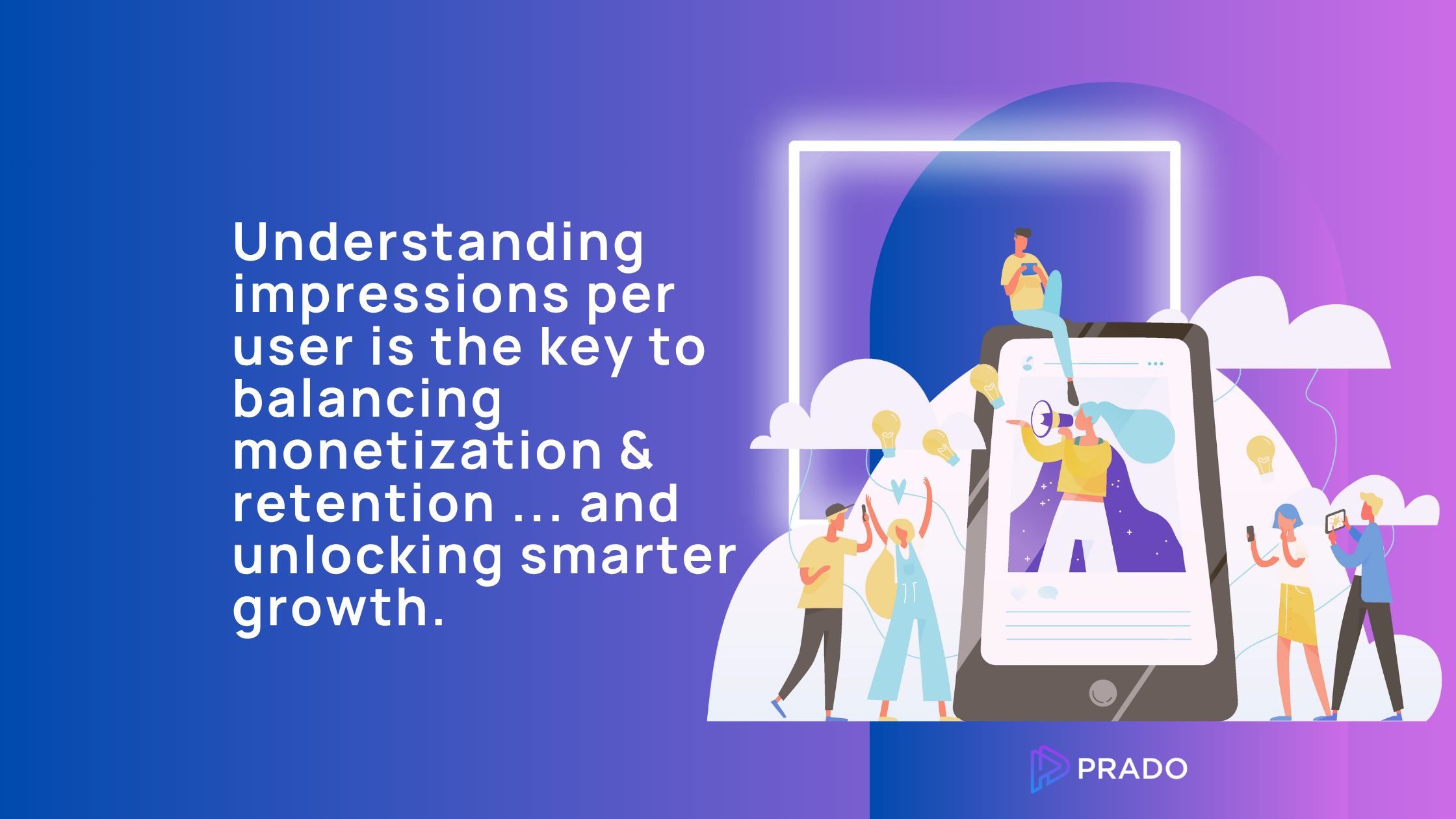Creative Provenance In The Age of Generative AI

As studios and advertisers use AI to speed creative production, mobile games will be a place buyers ask for a simple, verifiable record of an ad’s origin. Creative provenance or in simple terms creative origin, means a concise trail that shows who created the asset, which tool and version produced it, and when it was edited. That record speeds investigations, proves compliance, and links creatives to performance in a way that matters for games.
Mobile Games and Provenance
In game placements are permissioned moments. When an ad misfires in that context the signal and the complaint travels fast. Regulators are asking for verifications about how AI systems are used and monitored, increasing the need for traceable creative workflows. In gaming, where sessions and attention are the currency, having a short audit trail protects publisher UX and buyer confidence.
Keep It Minimal and Useful
A compact, machine-friendly record answers the core questions without burdening production. At minimum capture:
- Source type: handcrafted, edited, or AI-assisted
- Tool identifier:tool or model name and version
- Input summary: one-line prompt or brief description of the creative intent
- Timestamps: creation time and major edit times
- Snapshot pointer: hashed reference to the stored asset (not the raw file)
- Retention & access: how long the record is kept and who may view it
Standards and guidance from the content provenance community map directly to these fields.

Provenance With Play = The Prado SDK
Because the Prado SDK runs inside apps and games, a practical approach is to send a compact provenance header with each creative and link that header to impression level telemetry (completion, attention-per-view, hide rate). That pairing shows which creative version ran and how players responded while keeping the client payload minimal (store a hashed pointer rather than the raw asset).
Prado’s contextual AI engine and publisher tooling are described as supporting lightweight metadata and real time telemetry exports, which makes attaching provenance to impressions a straightforward design pattern to implement with partner engineering teams.
Mandatory Checklist
Research states to define a minimal header format. Require tool name and version on any AI assisted asset. Store a hashed snapshot pointer. Export provenance logs paired with attention metrics. Publish a short retention and access policy so buyers and auditors know what to expect. These steps protect trust while keeping creative cycles lean.
Quality check and control reduces time to triage after incidents, supports faster compliance reviews where minors or regulated claims are involved, and gives buyers confidence to pay for verified in-game inventory. In short, provenance turns production detail into operational proof that protects publisher UX and unlocks commercial value.
Want a one pager provenance header template and a lean Prado SDK export spec? Tell us which platform and we will prepare a ready to share spec for your engineers and creative leads. All you have to do is reach out HERE!

.png)




